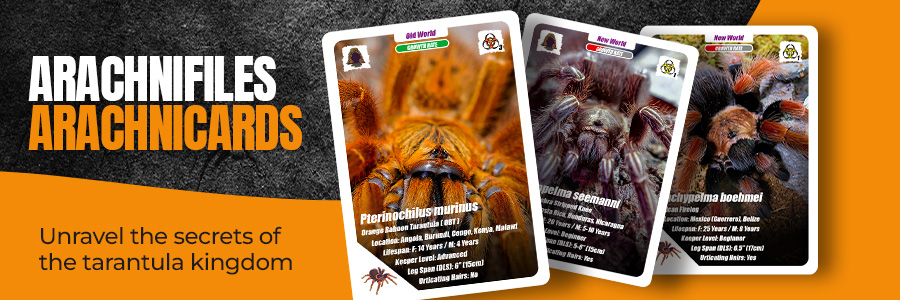Unveiling the Enigmatic Beauty: The Anatomy of a Praying Mantis
Introduction
In the realm of insects, few creatures captivate the imagination quite like the praying mantis. With their unique appearance and intriguing behavior, these enigmatic creatures have garnered widespread fascination among nature enthusiasts. In this blog post, we will embark on a journey to explore the intricate anatomy of a praying mantis, shedding light on its remarkable adaptations and uncovering the secrets behind its predatory prowess.
The External Features
The head of a praying mantis is instantly recognizable, thanks to its distinctive triangular shape. This flexible structure allows the mantis to rotate its head almost 180 degrees, providing a remarkable field of view. The mantis’s large compound eyes, perched atop its head, are truly a marvel of nature. With their ability to detect movement from a considerable distance, these eyes endow the mantis with exceptional vision, enabling it to spot prey with remarkable precision.
Moving down to the prothorax, we encounter the iconic forelegs of the mantis. These elongated and spiky appendages are specialized for capturing prey. Equipped with sharp spines and a lightning-fast strike, the mantis’s forelegs are a formidable weapon in the insect world.
Continuing to the thorax and wings, we uncover another astonishing aspect of the mantis’s anatomy. The thorax consists of three distinct segments, allowing for flexibility and agility in movement. However, it is the forewings, known as tegmina, that truly mesmerize. These forewings are hardened and elongated, resembling leaves or bark, providing the mantis with remarkable camouflage. Additionally, when the mantis feels threatened or wishes to attract a mate, it can create a sudden burst of color by flashing its vibrant hindwings.
Descending further to the abdomen, we find an elongated and flexible structure composed of several segments. Each segment serves a specific purpose, such as housing vital organs, including the digestive system, reproductive system, and excretory system. The abdomen is crucial for the mantis’s overall physiology and plays a significant role in its reproductive success.
The Internal Systems
The praying mantis’s digestive system is a marvel of efficiency. Its specialized mouthparts, including sharp mandibles and a long, tubular labium, are adapted for seizing and holding prey. Once captured, the mantis secretes enzymes that break down the prey’s tissues, allowing for efficient digestion within the midgut.
In terms of respiration, mantises possess a unique system. They have small openings called spiracles along their thorax and abdomen, which lead to a network of tubes called tracheae. Oxygen enters the spiracles and diffuses through the tracheae, reaching every cell in the mantis’s body. This efficient respiratory system ensures the mantis receives an adequate oxygen supply to support its energy-intensive activities.
While many insects possess a closed circulatory system, mantises have an open circulatory system. Their heart pumps hemolymph, a fluid equivalent to blood, through a network of vessels. Hemolymph plays a vital role in nutrient and waste transport, ensuring the mantis’s organs receive the necessary resources for proper functioning.
Reproduction in praying mantises showcases intriguing adaptations and sexual dimorphism. Male mantises are typically smaller and possess specialized structures on their abdomens for transferring sperm to the female. Females, on the other hand, have a larger abdomen capable of housing the ootheca—a protective case containing eggs. The reproductive system of the mantis is essential for the continuation of its species and reflects the intricacy of nature’s design.
Adaptations for Predation and Defense
The praying mantis’s raptorial forelegs are the epitome of precision and agility. With their elongated shape, sharp spines, and lightning-fast reflexes, these forelegs are the ultimate hunting tools. When the mantis spots its prey, it strikes with astonishing speed and accuracy, ensnaring the unfortunate victim in its powerful grasp.
Camouflage and mimicry are key survival strategies for the praying mantis. With their elongated bodies and intricate coloration, mantises are adept at blending seamlessly into their surroundings. They often resemble leaves, twigs, or flowers, making them virtually invisible to unsuspecting prey. Certain mantis species even take mimicry to the next level, imitating specific flowers or other insects to lure their prey within striking range.
When faced with a threat, the praying mantis employs a range of defensive tactics. It may adopt a threatening posture, raising its forelegs and spreading its wings to appear larger and more intimidating. Some mantises even display bright warning colors to deter potential predators. If all else fails, the mantis is not afraid to engage in combat, using its powerful forelegs to fend off attackers.
Conclusion
In the world of insects, the praying mantis stands out as a true marvel of adaptation and survival. Its intricate anatomy, from the triangular head and compound eyes to the specialized forelegs and camouflaged wings, showcases the remarkable beauty and functionality of nature’s designs. The mantis’s internal systems, such as its digestive, respiratory, circulatory, and reproductive systems, ensure its survival and perpetuation.
The adaptations for predation and defense further highlight the mantis’s prowess as a skilled hunter and its ability to thrive in diverse environments. From its lightning-fast strikes to its expert camouflage and mimicry, the mantis demonstrates an evolutionary brilliance that has captivated scientists and nature enthusiasts alike.
As we unravel the mysteries of the praying mantis’s anatomy, we gain a deeper appreciation for the intricacy and diversity of life on our planet. These fascinating creatures serve as a reminder of the awe-inspiring wonders that exist within the smallest corners of our natural world. So, the next time you encounter a praying mantis, take a moment to marvel at its remarkable anatomy and the extraordinary adaptations that make it such a captivating species.
Other Helpful Info!
If you found this post helpful, please consider sharing it. It really helps the site in the search algorithm! Thanks!
Do you have inverts and arachnids? Want a fun way of tracking them? Then download Arachnifiles for Android or iOS today! It’s free!
Want to read more helpful blog posts? Click here to view other blog posts!
Want to read more about invertebrate care? Click here to view other care guides!




